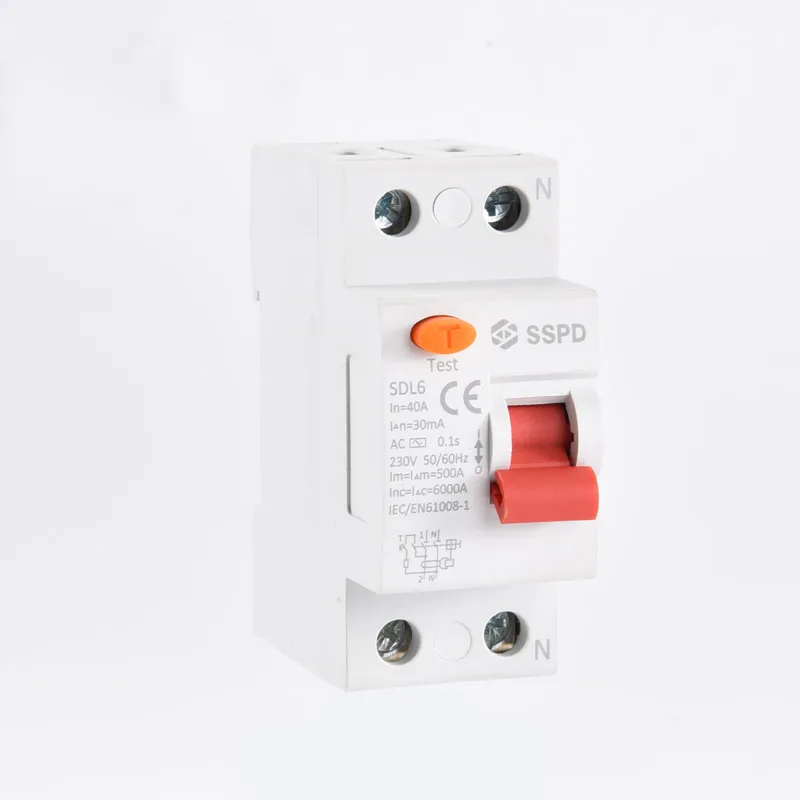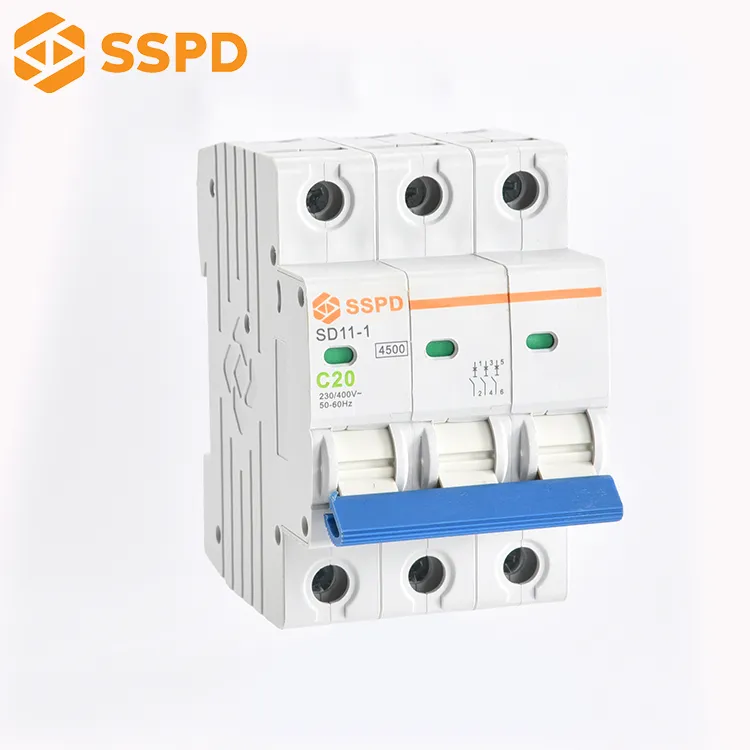Introduction
In the modern electrical industry, safety and reliability are non-negotiable. Molded Case Circuit Breakers (MCCBs) are essential devices used to protect circuits against overloads and short circuits. Among their various protective functions, thermal protection plays a vital role in preventing long-term overheating that could damage equipment or cause fire hazards. This article will explain how thermal protection in MCCBs works, why it matters for industries, and how to choose the right solution for your applications.
(Note: Part of this article was assisted by AI content generation to provide structured insights. All technical facts are cross-referenced with reputable electrical engineering sources such as IEC standards and manufacturer documentation.)
1. What Is Thermal Protection?
Thermal protection is a built-in safety mechanism that reacts to prolonged overload currents—currents higher than the rated value but not high enough to trigger an instantaneous trip. Unlike short-circuit protection (which responds almost instantly), thermal protection works on a time-delayed principle, ensuring circuits are disconnected only when overheating risk is real and sustained.
Example: If a motor draws 20% more current than normal due to mechanical stress, the thermal element inside the MCCB gradually heats up. If the overload continues beyond the set time, the breaker will trip, preventing insulation damage or fire.
2. How Does Thermal Protection Work Inside MCCBs?

Most MCCBs use a bimetallic strip as the sensing element. This strip is composed of two metals with different thermal expansion coefficients bonded together.
When current flows: The bimetal strip heats up.
If overload persists: The strip bends because one metal expands more than the other.
Trip mechanism: The bending movement activates the trip latch, opening the breaker contacts.
This process is inverse time dependent:
The greater the overload, the faster the trip.
Small overloads take longer, allowing for short start-up currents (e.g., motor inrush).
👉 This design ensures reliable protection without unnecessary interruptions.
3. Key Benefits of Thermal Protection
Equipment Safety – Prevents damage to motors, cables, and switchgear.
Fire Prevention – Overheated conductors are one of the main causes of electrical fires.
Operational Continuity – Delayed action avoids nuisance trips during temporary surges.
Compliance with Standards – Meets IEC 60947-2 and similar global regulations.
4. Factors That Influence Thermal Protection Accuracy
While thermal protection is reliable, its performance depends on several factors:
Ambient Temperature: High surroundings may cause earlier tripping; low temperatures may delay it.
Load Characteristics: Continuous vs. intermittent loads behave differently.
Breaker Settings: Adjustable thermal trip settings allow customization to application needs.
Maintenance: Dust or wear can affect heat dissipation and trip accuracy.
💡 Tip for engineers: Always consider derating factors when installing MCCBs in hot industrial environments.
5. Practical Applications of Thermal Protection

Thermal protection in MCCBs is widely used across industries:
Motor Protection – Preventing burnout due to overload.
Distribution Panels – Ensuring safe operation of feeders and sub-circuits.
Renewable Energy Systems – Safeguarding inverters and storage batteries.
Construction Sites – Protecting temporary power setups under fluctuating loads.
Question for you: In your projects, do you face frequent overload trips? Would adjusting the thermal setting improve reliability without compromising safety? Feel free to share your experience in the comments below.
6. Choosing the Right MCCB with Thermal Protection
When selecting an MCCB, consider:
Rated Current (In) – Match with circuit requirements.
Adjustability – Look for models with adjustable overload settings.
Certifications – Ensure compliance with IEC/UL standards.
Brand Support – Choose a manufacturer with strong after-sales service and spare part availability.
👉 At SSPD (Shendian Electric), we provide a full range of MCCBs with high-precision thermal protection, tested under international standards to ensure both safety and cost efficiency.
Conclusion
Thermal protection in MCCBs is a time-tested and highly effective way to safeguard electrical systems from overload risks. By understanding how it works and what factors influence its performance, engineers and buyers can make better decisions when selecting protective devices.
As industries move toward smarter and more sustainable power systems, the role of reliable circuit protection becomes even more crucial. Investing in well-designed MCCBs with adjustable thermal protection is not only a safety measure—it’s also a long-term strategy to ensure efficiency and trust in your electrical infrastructure.
(Transparency Statement: This article was partially generated with AI assistance, then reviewed and verified by our engineering team to ensure accuracy. We believe in combining AI efficiency with human expertise to bring you reliable, high-quality insights.)







